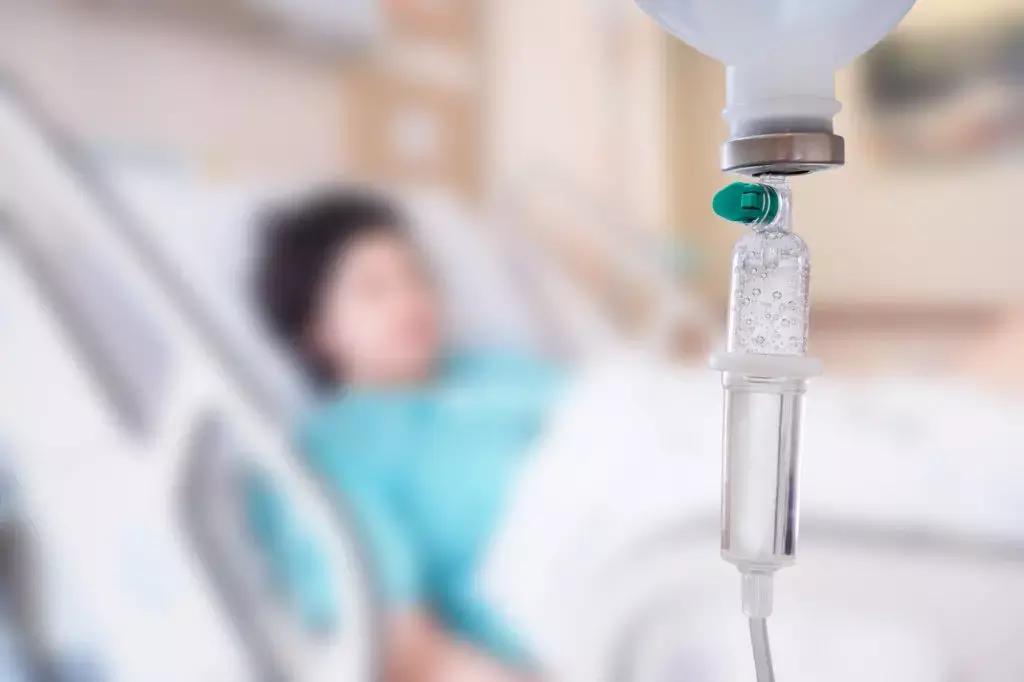Novel Device Would Deliver Oxygen Intravenously
- byDoctor News Daily Team
- 14 July, 2025
- 0 Comments
- 0 Mins

During health, oxygen is available in abundance; however, COVID-19 and many other forms of critical illness can damage the lungs and compromise systemic oxygen delivery.
In a recent study, researchers developed an experimental device to help patients experiencing refractory hypoxemia. The experimental study findings were published in the journal Proceedings of the National Academy of Sciences on March 21, 2022.
Current treatment involves the use of an extracorporeal membrane oxygenation (ECMO) machine or ventilator support for critically ill patients. However, this often involves the risk of infection, device failure and even lung damage. Therefore Dr Ashwin Kumar Vutha and his team developed a new machine that can add oxygen directly to blood while it is still inside the patient.
They demonstrated that by co-infusing oxygen gas and a liquid solution through a series of sequential nozzles of decreasing size they could create bubbles of oxygen that are smaller than a single red blood cell on-demand and in real-time.
They noted that these bubbles were membrane" similar to that in every other cell in the body will
Prevents them from merging with other bubbles to create larger ones,
Provides a path for oxygen to diffuse out and into the blood, and
Minimizes the likelihood of material-related toxicities.
The researchers tested their machine on human donor blood and in rats and found it passed as a proof of concept. In human blood, their machine could increase blood oxygen saturation from 15% to over 95% within seconds to minutes. And they increased saturation from 20% to 50% inside of rats.
The authors concluded, "In conclusion, we have shown that clinically important volumes of oxygen gas (∼20% of baseline VO2) can be delivered intravenously in real-time by on-demand encapsulation within LOMs. It is clear that microbubbles are able to traverse the lung without causing obstruction and provide arterial oxygenation. We believe that the aforementioned effects would be particularly helpful in providing long-term oxygen support to patients with refractory hypoxic respiratory failure."
For further information:
DOI: https://doi.org/10.1073/pnas.2115276119
Keywords:
Refractory hypoxemia, IV oxygen, Microbubbles, ECMO, Mechanical ventilatory, COVID-19, oxygen delivery, hypoxemia, lung injury, Oxygen insufficiency, experimental device, Proceedings of the National Academy of Sciences.
Disclaimer: This website is designed for healthcare professionals and serves solely for informational purposes.
The content provided should not be interpreted as medical advice, diagnosis, treatment recommendations, prescriptions, or endorsements of specific medical practices. It is not a replacement for professional medical consultation or the expertise of a licensed healthcare provider.
Given the ever-evolving nature of medical science, we strive to keep our information accurate and up to date. However, we do not guarantee the completeness or accuracy of the content.
If you come across any inconsistencies, please reach out to us at
admin@doctornewsdaily.com.
We do not support or endorse medical opinions, treatments, or recommendations that contradict the advice of qualified healthcare professionals.
By using this website, you agree to our
Terms of Use,
Privacy Policy, and
Advertisement Policy.
For further details, please review our
Full Disclaimer.
Recent News
What Your Neck Size Says About Your Heart Health?...
- 04 November, 2025
EVOQUE TTVR Delivers Promising Real-World Results:...
- 04 November, 2025
Influenza Vaccination Reduces Mortality and Readmi...
- 04 November, 2025
Daily Newsletter
Get all the top stories from Blogs to keep track.


0 Comments
Post a comment
No comments yet. Be the first to comment!